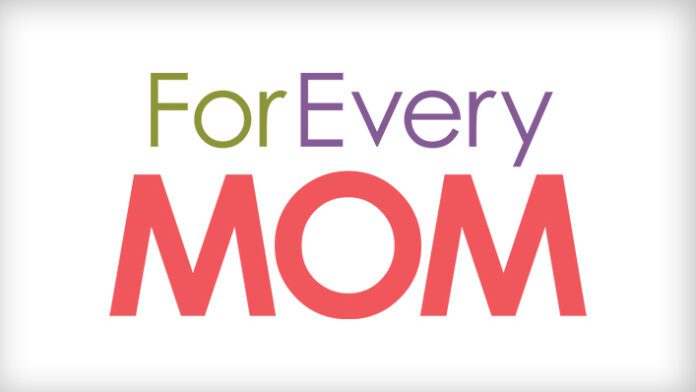Sadly, bullying is much more than just a buzz word or a trend in kids’ behavior these days. Thanks to the internet and social media, kids today have to deal with a more intense form of bullying than any of their parents did—and this often leaves modern parents at a loss when it comes to teaching their kids how to handle it.
I recently read an article by Linda Stade, Research Officer at Santa Maria College in Australia that really opened my eyes to some of the reasons behind and patterns of “mean girl” behavior and bullying (which she calls “relational aggression), and also how parents can teach their kids to properly react to it AND not become part of it — essentially stopping bullying.
Stade’s proposed solutions require a lot of INTENT on the parents’ part, but I think if we all share and spread the word, we could truly start a movement of kids who DO better: those who have empathy for one another, won’t bully other, and are willing to help each other out when one is being bullied. Here are some key takeaways for parents from Stade’s article.
What and How to Teach Your Kids to Stop Bullying
Model and talk about healthy friendships
Relational aggression is learned behavior, so model healthy friendships with YOUR friends for your kids. After you have friends over, talk to your kids about what you appreciate about the friend you’ve just spent time with.
Intentionally teach kindness, empathy, and compassion
It’s not enough to tell your kids to “be kind.” This kind of behavior starts in the home, so demonstrate kindness, empathy, and compassion with your family members first and then talk about it while you’re doing it. If one of your children tells you about a friend being upset at school that day, draw the story out of them and ask how they would feel if that happened to them. Encourage them to say something kind to the child the next day. Give examples and teachable moments of empathy as much as you can. Your kids are more comfortable displaying these qualities at home, it will take practice and encouragement for them to do it outside the home.
Intentionally teach kids about the signs of bullying or relational aggression
Has your daughter ever come home crying because a girl she thought was her friend said something mean or belittled her and then added a “just kidding” to soften the blow? I know this happened to me multiple times as a child. Just as we need to teach our kids what a healthy friendship looks like, we also need to talk to them about what toxic friendships look like. We need to teach them to separate themselves from a “Friend” who is putting them down as a “joke,” posting awkward photos of them because they “think you look pretty” or who is purposely excluding them because “my mom said I could only invite 3 people to the sleepover.” We’ve got to prepare our kids to be emotionally intelligent and teach them cut their losses when a “friendship” is more hurtful than helpful. (I tell my kids, you DO have to be kind to everyone, but you DON’T have to be everyone’s friend.)
Teach kids to be Upstanders, Distracters, and Supporters
Stade suggests teaching your kids to be these three things to counteract bullying and relational aggression, and I LOVE her ideas. In this climate, “mind your own business” isn’t the loving thing to do. If we can teach our kids to be these things, they will truly be capable of changing a hostile environment. She defines them as:
Upstanders: These are people who stand up for victims. It’s been proven that if you can stand up to a bully for 8 seconds, they are likely to back down. Some kids are stronger than others. We need to make it cool to be strong and able to defend others.


